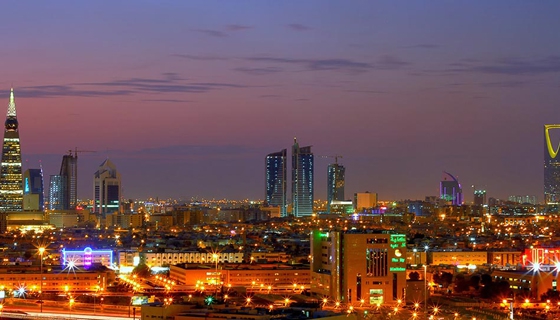Reforms aimed at opening up Saudi Arabia to investment and encouraging private sector participation are moving forward, even as further details of the Kingdom’s long-term National Transformation Plan (NTP) have yet to be released.
On April 25 Prince Mohammed bin Salman Al Saud, deputy crown prince and chairman of the Council of Economic and Development Affairs, unveiled the Kingdom’s Vision 2030 program, a broad-based blueprint that will steer Saudi Arabia toward economic diversification.
The NTP – which will likely be released in June – is set to provide an execution framework for the objectives laid out in the program.
Private sector to move center stage
A strong private sector is a central component of the reforms outlined in Vision 2030.
The program envisages increasing the private sector’s contribution to GDP from its current rate of 40% to 65% by 2030. It also targets boosting small and medium-sized enterprises’ contribution to GDP from 20% to 35% while increasing women’s participation in the workforce from 22% to 30%.
Saudi Arabia is also looking to increase foreign direct investment under the plan from 3.8% to 5.7% of GDP, while reducing the role played by hydrocarbons as a foreign currency earner. Non-oil exports are expected to make up half of non-energy GDP by 2030, more than three times present levels.
The Kingdom’s plan to privatize a stake in the national energy producer Saudi Aramco, which is valued at between $2trn and $2.5trn, according to Prince Mohammed bin Salman, constitutes one of the core elements of the program.
Up to 5% of the corporation is expected to be floated on the Tadawul – the Saudi Stock Exchange – in what would be the world’s largest initial public offering. The listing, worth an estimated $100bn, will represent approximately 25% of the capitalization on the Tadawul All-Shares Index (TASI), according to local media. The company may also reportedly be listed on international exchanges.
The balance of Saudi Aramco’s shares will be transferred to the Kingdom’s Public Investment Fund, leading to the creation of the world’s largest sovereign wealth fund, according to regional media. Its assets will total at least $2trn, almost three times the value of those controlled by SAMA Foreign Holdings, Saudi Arabia’s current investment vehicle.
Markets reacted positively to Saudi Arabia’s plans for reform, with the TASI gaining 2.5% on the day of the program’s release to reach 6868 points at close – marking highs last seen in early January.
Public assets will also be privatized, starting with King Khaled International Airport (KKIA) in Riyadh, followed by other areas of the country’s aviation infrastructure, including air traffic control and IT. The new terminal at KKIA opened in late May and is being operated by the Dublin Airport Authority, and the Jeddah airport, once completed, will be privatized as well. The new Medina airport is already operated by a foreign company, Turkey’s TAV Holdings.
Reforms gathering pace
In an additional move signaling Saudi Arabia’s drive to open its economy and broaden its investor base, the national stock exchange’s regulator announced plans in May to relax restrictions on qualified foreign investors (QFIs) looking to invest on the Tadawul, paving the way for greater capital inflows.
Under the reforms, for example, institutions with at least SR3.75bn ($1bn) in assets under management will be able to qualify as QFIs, a decrease from SR18.75bn ($4.9bn) in 2015, when the exchange was first opened up to international investors.
QFIs will also be allowed to buy up to 10% of a listed company’s shares, double the current level.
In another significant development, Ibrahim Al Assaf, minister of finance, gave a planned timeline for the introduction of a value-added tax (VAT). He said that the government expected to implement the levy in 2018, as part of the broader GCC-wide agreement to introduce VAT.
While several goods and services will be VAT exempt, the tax could have some impact on business costs and retail sales, especially in its first year of operation.
On the plus side, this measure is expected to broaden the tax base, which remains relatively narrow at present, and increase state revenue of up to $10bn per year, according to estimates from government officials.
Timely moves
Rising spending in Saudi Arabia and projected ceilings on hydrocarbons revenue have heightened the need to reform the Kingdom’s economy against a challenging economic backdrop.
In its report on Vision 2030 released earlier this month, Riyadh-based investment firm Jadwa warned that Saudi Arabia’s fiscal buffers would be heavily eroded in coming years if action is not taken to reduce the country’s dependence on oil. Even with a recovery in energy prices and higher production levels, as modelled in the report, the Saudi budget would come under further pressure with increased deficits.
According to the report’s findings, the reform program comes at a critical juncture, offering an opportunity to shift the focus away from the government and toward the private sector for generating and maintaining economic growth.
“It will not only help put the government’s finances on a sustainable path, but also lay the ground for a set of detailed programs and initiatives that will address the very way the Saudi economy is structured,” the report noted.
Oxford Business Group
2 June

























































